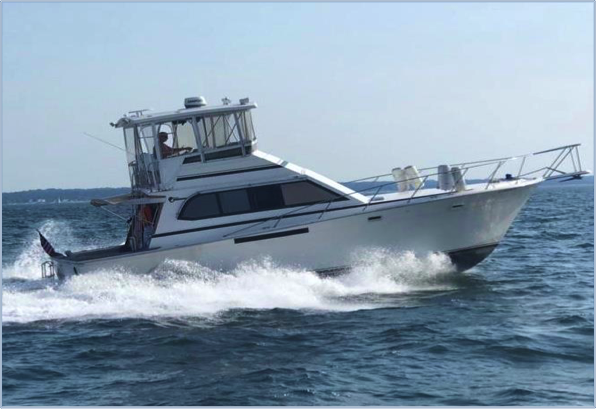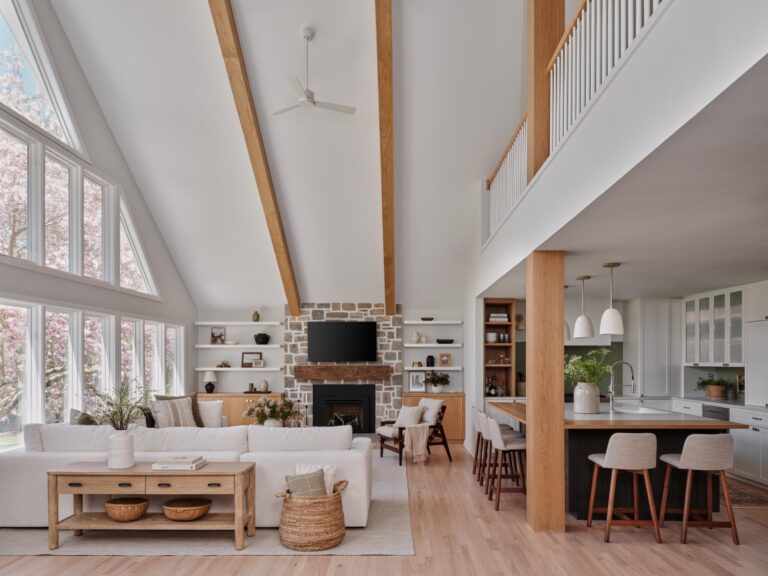I am fortunate to have grown up boating with my family. I have fond memories of boating with them on the “CASSIE” (my dad’s 36 foot Hatteras Yacht)— so much fun! I also owned my first boat at the age of 15, and have been boating ever since. Boats can be a great source of summer fun and leisure.
However… without the proper safety measures motor boating can be very dangerous. It is critical that boaters be aware of dangers in and around the water. Electrical hazards and carbon monoxide (CO) bring unique risks to the boating world. Learn to protect people and pets from these dangers. Here are a few important concerns to be aware of:

ELECTRICAL SAFETY
- Never allow swimming near the boat, marina, or launching ramp— residual current could flow into the water from the boat or the marina’s wiring. This can put anyone at risk of electrical shock drownings (ESD).
- Be sure your boat is well maintained. Have it inspected each year by a qualified marine electrician to do this job.
- Ground fault circuit interrupters (GFCIs) and equipment leakage circuit interrupters (ELCIs) should be installed and tested monthly. Run tests to find out if electrical current is leaking from the boat.
- Only use cords intended for marine use. Never use household cords near water.
- Know where your main breakers are on both the boat and the shore power source. This will help you respond quickly in an emergency.
CARBON MONOXIDE SAFETY
- Poorly tuned engines produce more carbon monoxide (CO). Keep your engine properly maintained. Follow manufacturer’s instructions for service.
- Proper ventilation for engine and generator exhaust vents must be clear and pipes should be inspected for leaks.
- Get into fresh air right away and get help if you experience symptoms of CO poisoning. These include headache, fatigue, confusion, dizziness, nausea, or seizures. The symptoms can be similar to seasickness. Assume it is CO exposure until you are sure the boat is safe.
- Do not swim near the boat’s exhaust vents. CO accumulates there.
- Install CO alarms inside your boat and test them before each trip.
- Choose a CO alarm that is listed by a qualified testing laboratory.
- If the CO alarm sounds, move to a fresh air location immediately.
IMPORTANT FACT: Carbon Monoxide (CO) can remain in and around your boat at unsafe levels even if the engine has been turned OFF.
KNOW THE RISKS!
- Electrical shock drownings can occur when marina electrical systems leak electrical current into the water.
- Boats can also serve as the source of an electrical leakage. Leakage can cause a shock that can injure, disable, or kill a person.
- Carbon Monoxide is a gas you cannot see, taste, or smell. It is often called the “invisible killer.” CO is created when fuels such as gasoline, diesel, or propane do not burn fully. CO is also produced when wood or charcoal is burned.
- Sources of CO on your boat may include engines, gas generators, and cooking ranges. Space and water heaters can also be sources of CO. CO can collect anywhere in or around a boat. The gas is harmful to both people and to pets.
Source: NFPA – Public Education Division
Talk to an insurance professional about coverage. For more detailed information, contact Griffith E. Harris Insurance Services, LLC.

Brought to you by Griffith E. Harris Insurance Services, LLC





